Analysis of Elbow Stress Intensification Factors for Piping System
DOI: 10.23977/jemm.2022.070309 | Downloads: 39 | Views: 1738
Author(s)
Zhuang Sun 1, Hongyan Zhang 1
Affiliation(s)
1 School of Science, Chang'an University, Xi'an, Shaanxi, China
Corresponding Author
Hongyan ZhangABSTRACT
In order to study the stress intensification effect of pipe elbow in the secondary stress check, the U-shaped pipeline commonly used in engineering was taken as the research object. The experiment platform for analysing pipe elbow stress was established, and the maximum stress with the displacement load was measured and compared with the results of the finite element analysis results and ASME B31.3 Code. On this basis, a correction formula calculating the Stress Intensification Factor (SIF) of elbows was proposed, and the influence of the wall thickness and the bend radius on the elbow stress distribution was studied. The results showed that pipeline displacement significantly affects stress for pipe bends, the stress of the elbow increased with in-plane displacement load. To ensure structural integrity for reliable working conditions for piping components, pipe displacement needs to be considered when designing bends. On this basis, a modified formula for calculating the SIF of in-plane elbow is proposed. Compared with the ASME code formula, this formula is closer to the actual stress value of the elbow due to considers the influence of pipe displacement on elbow stress. The stress value of the elbow obtained by finite element analysis essentially in agreement with the experimental value, and the average error is less than 5.16%. With simultaneous increase in bend radius and wall thickness there is a reduction in SIF. When either of the above parameters is increased on, and keeping others constant the SIF decreases. The influence of pipeline displacement on SIF is more for short bend radius and its effect decreases with increased bend radius.
KEYWORDS
Pipe elbow, Stress intensification factor, Finite element analysisCITE THIS PAPER
Zhuang Sun, Hongyan Zhang, Analysis of Elbow Stress Intensification Factors for Piping System. Journal of Engineering Mechanics and Machinery (2022) Vol. 7: 50-57. DOI: http://dx.doi.org/10.23977/jemm.2022.070309.
REFERENCES
[1] Shibata H. (1993) Recent Development of Aseismic Design Practice of Equipment and Piping System in Japan (Survey Paper). Journal of Pressure Vessel Technology, 115(2): 106-121.
[2] ASME B31.1: Power Piping (2016) American Society of Mechanical Engineers, New York.
[3] ASME B31.3: Process Piping (2016) American Society of Mechanical Engineers, New York.
[4] Nordham D. J., Kaldor L. M. (1993) Design Procedure for Stress Intensification Factors of 90-Deg Curved Pipe Having Various Tangent Lengths (Design Paper). Journal of Pressure Vessel Technology, 115(3): 313-318.
[5] Nikola Jaćimović. (2018) Analysis of Piping Stress Intensification Factors Based on Numerical Models. International Journal of Pressure Vessels and Piping, 163: 8-14.
[6] Nikola Jaćimović, Zdravko Ivančić, Mirjana Stamenić & Miloš Ivošević (2020) Stress Intensification Factor, Sustained Stress Index and Flexibility Factor Analysis of Large D/T Elbows. Proceedings of the Institution of Mechanical Engineers Part C Journal of Mechanical Engineering Science, 235(9): 1619-1632.
[7] Gao J.L., Song G.H., Zhang J., Zhang P., Duan X.L. & Li L. (2016) Calculation of Stress Intensity Factor for Bends. Process Equipment & Piping, 53(03): 81-83.
[8] Kim S., Choi J., Ki Kim M., Kim H. & Huh N. (2017) A New Stress Intensification Factor of Pipe-In-Pipes Based on Finite Element Analyses. ASME. J. Pressure Vessel Technol, 139(4): 041205.
[9] Markl A R C. (1955) Piping-Flexibility Analysis. Transaction of ASME, 287-303.
[10] Matzen Vernon C., Tan Ying (2002) The History of the B2 Stress Index. Journal of Pressure Vessel Technology, 124(2): 168-176.
[11] General Administration of Quality Supervision, Inspection and Quarantine of the People's Republic of China. (2001) Metallic Materials—Tensile Testing (part 1): Method of Test at Room Temperature: GB/T 228.1-2010. Beijing: Standards Press of China.
[12] Markl A R C. (1952) Fatigue Tests of Piping Components. Transaction of ASME, 74(3).
[13] Balakrishnan S., Veerappan AR., Shanmugam S. (2019) B2 Stress Index for Structurally Distorted Pipe Bends under In-plane Opening Bending Moment. Pressure Vessels and Piping, 176:103957.
| Downloads: | 10930 |
|---|---|
| Visits: | 408664 |
Sponsors, Associates, and Links
-
Cybernetics and Mechatronics
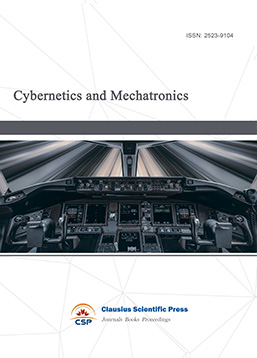
-
Digital Manufacturing and Process Management
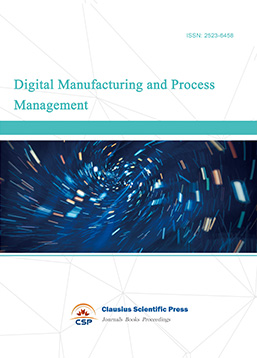
-
Ultra-Precision Machining Process
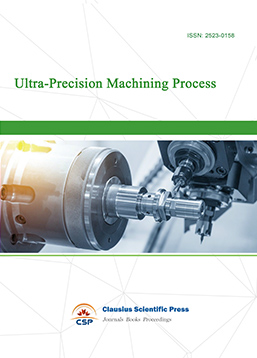
-
Journal of Robotics and Biomimetics
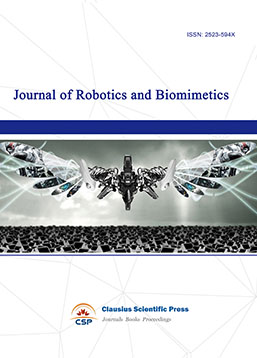
-
Prognostics, Diagnostics and Health Management
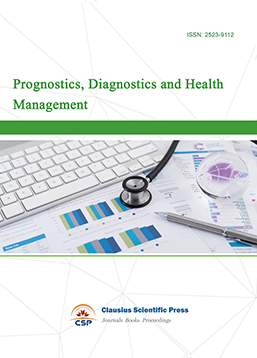
-
Micro-Electro-Mechanical Systems
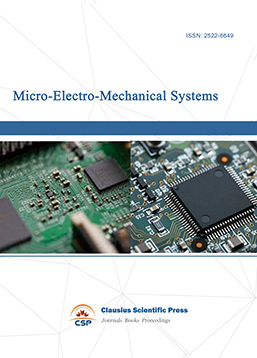
-
Journal of Precision Instrument and Machinery
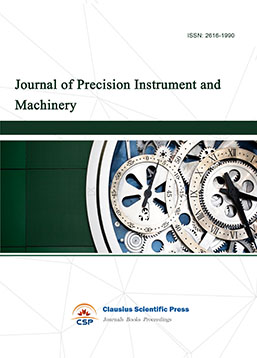
-
Engineering and Solid Mechanics
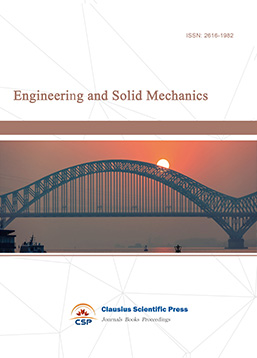
-
Fracture and Damage Mechanics
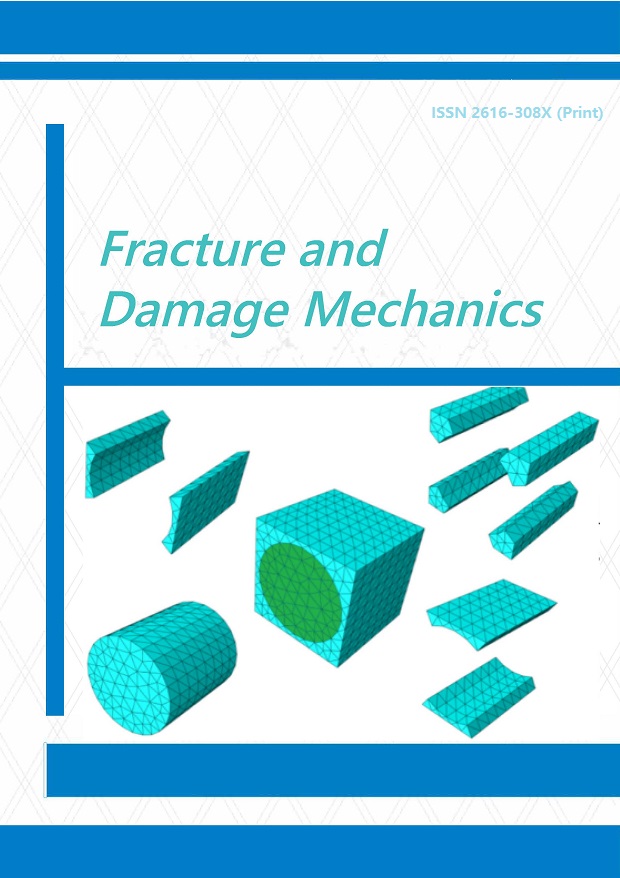
-
Frontiers in Tribology
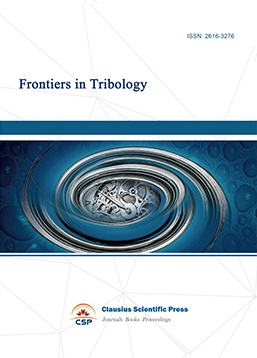
-
Fluid and Power Machinery
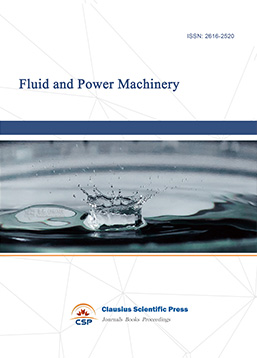
-
Chemical Process Equipment
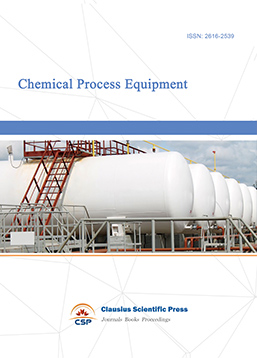
-
Journal of Assembly and Manufacturing
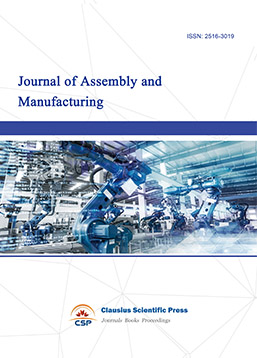
-
Mechanical Vibration and Noise
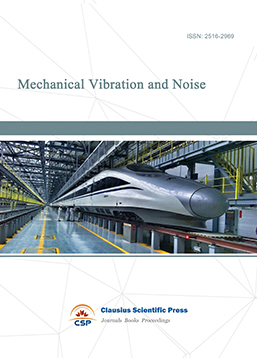

 Download as PDF
Download as PDF